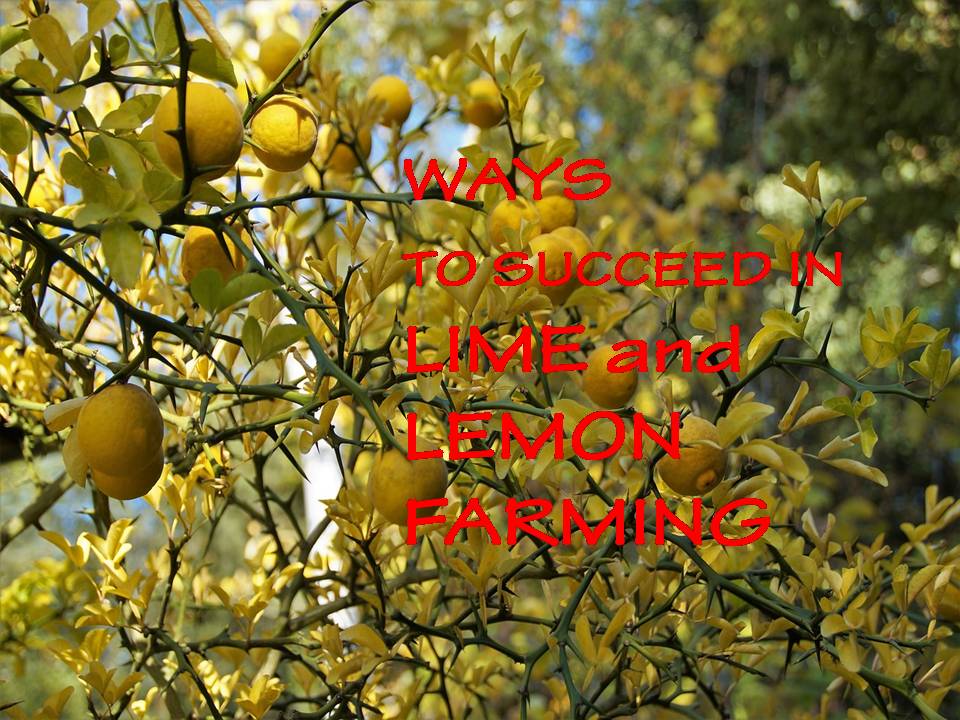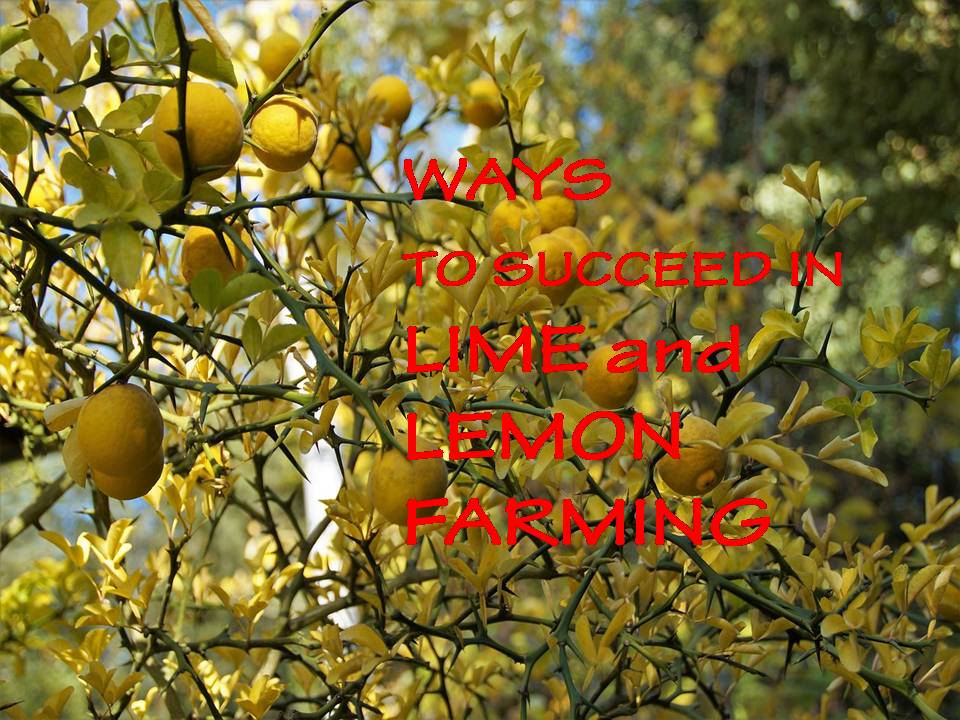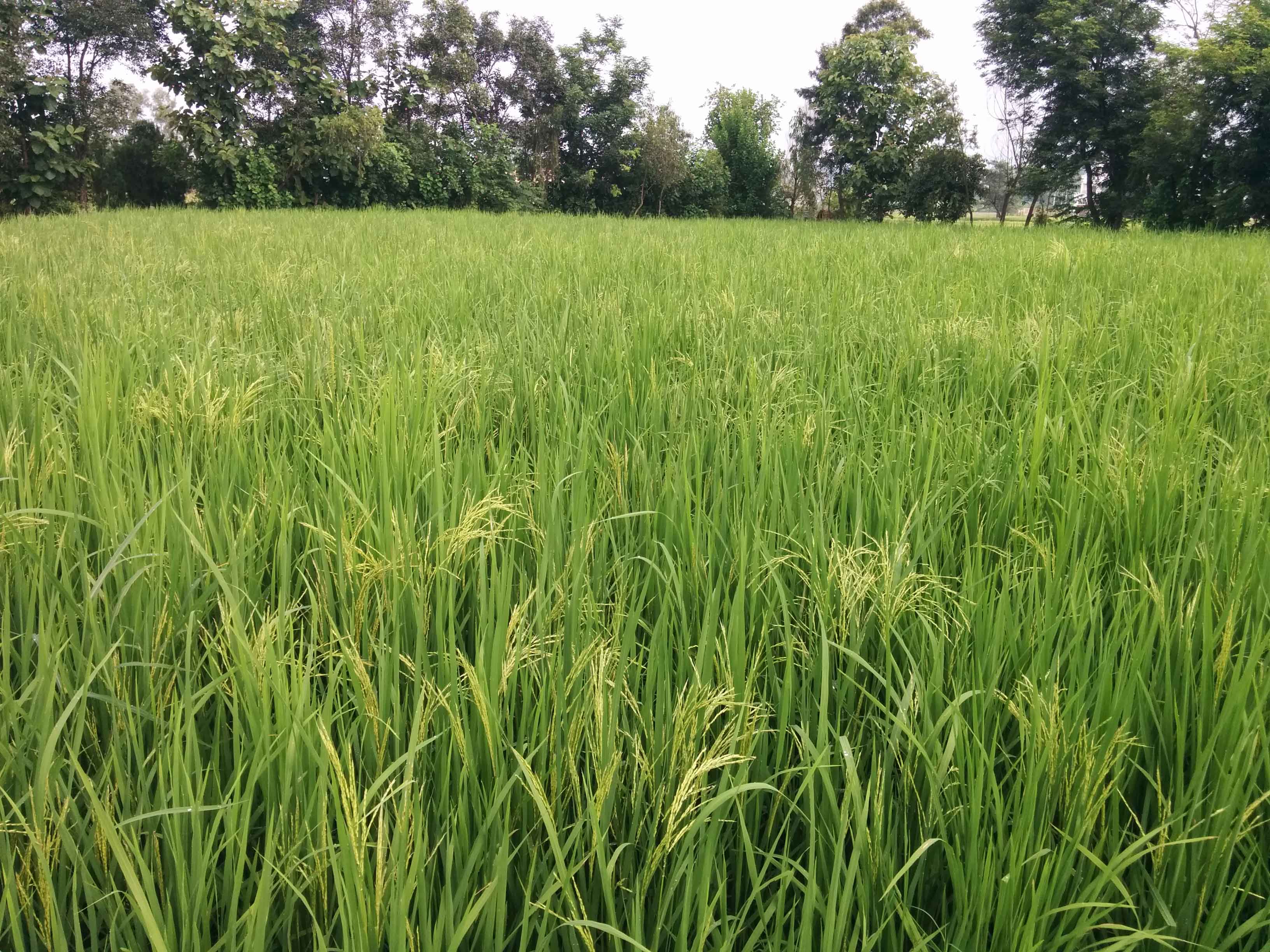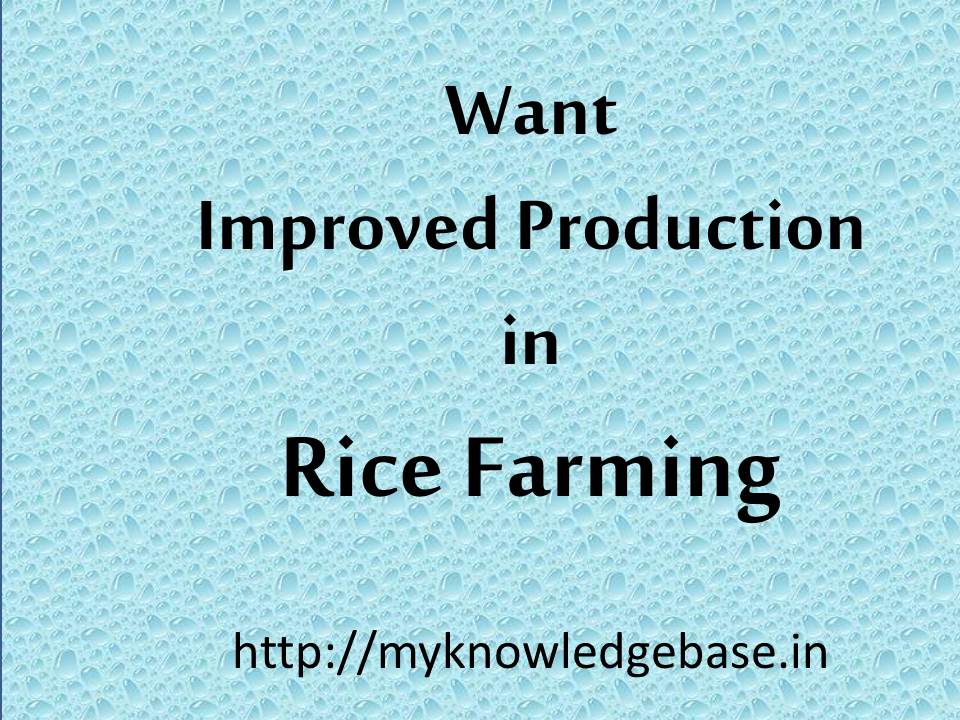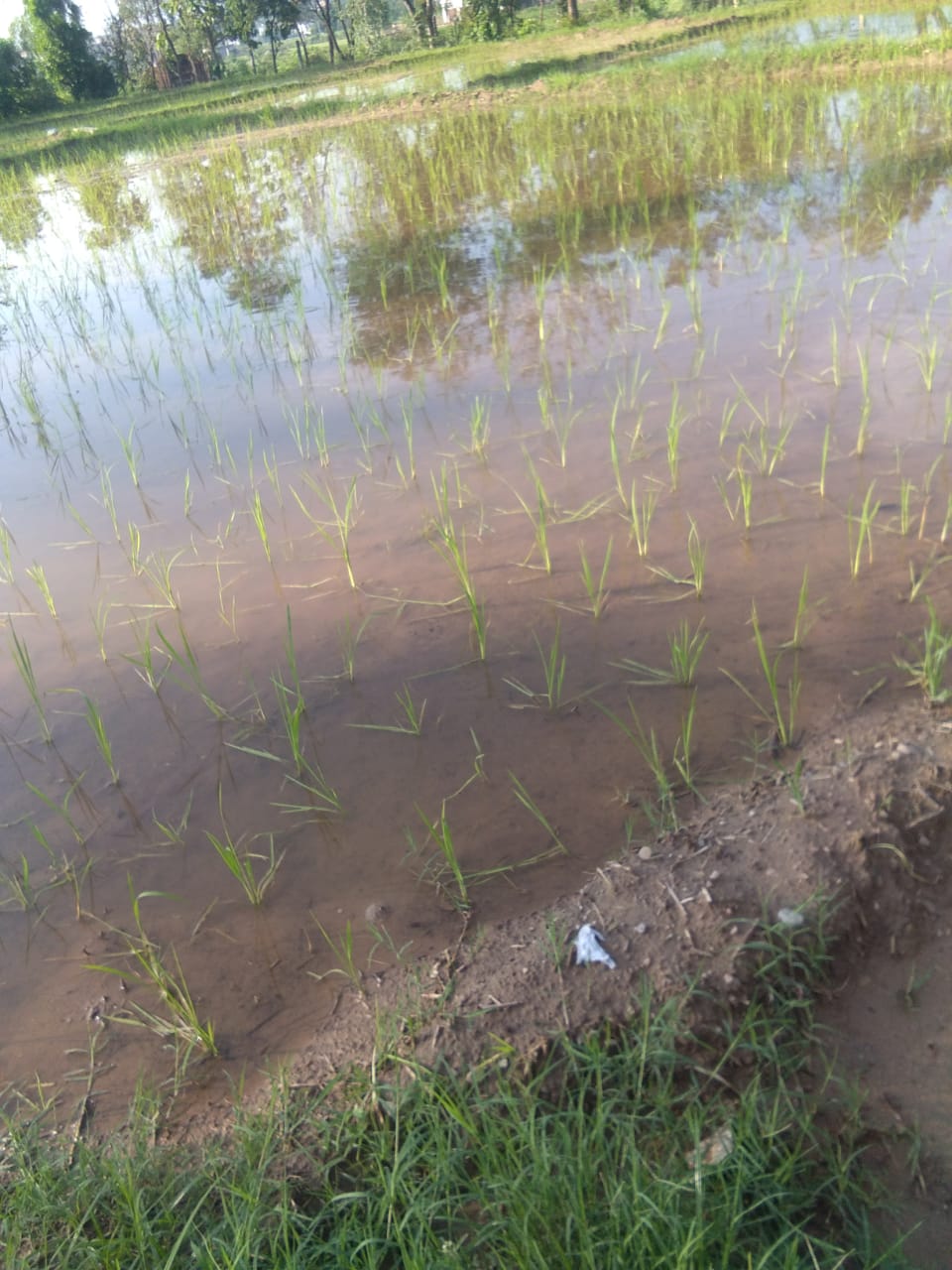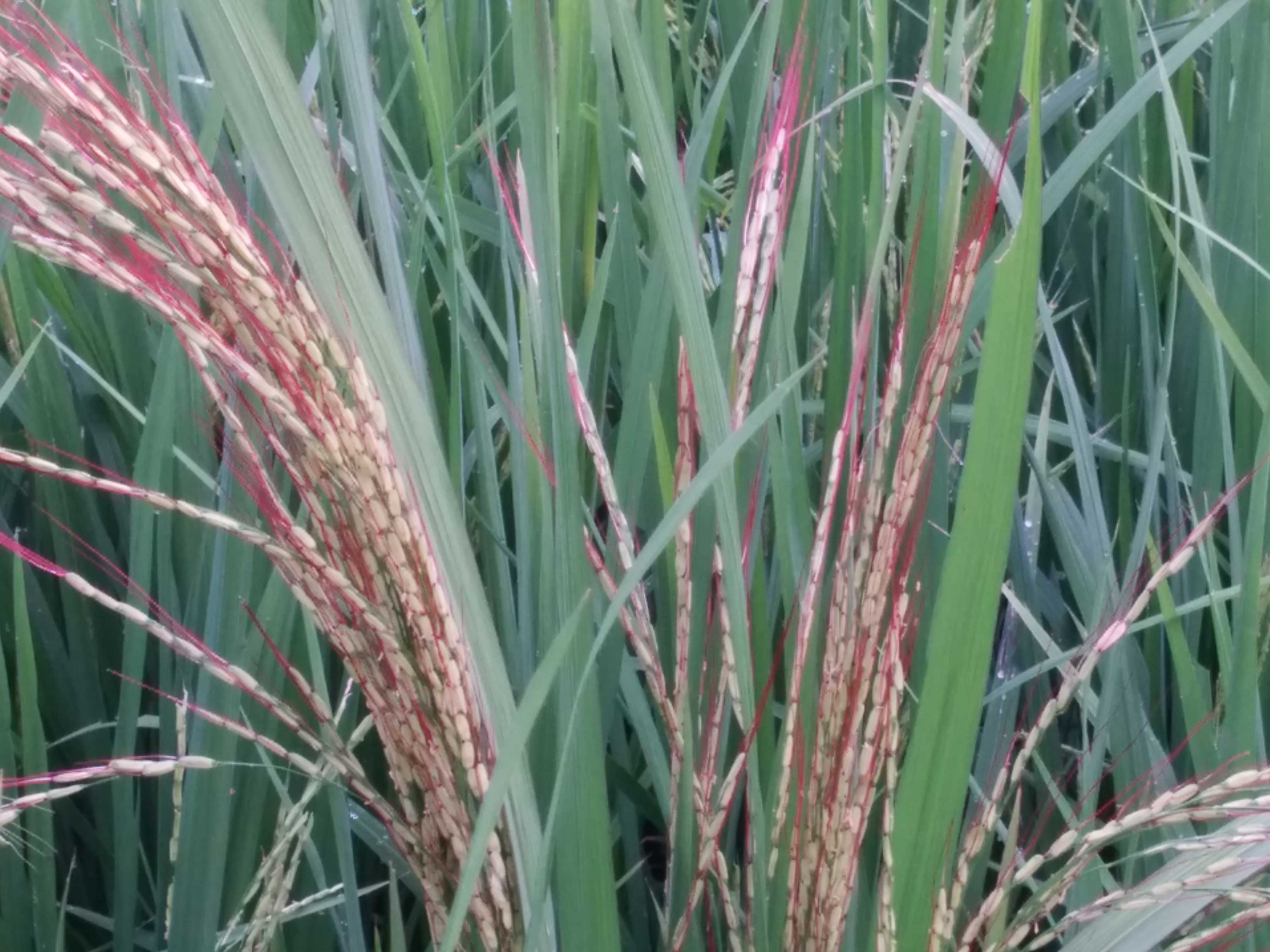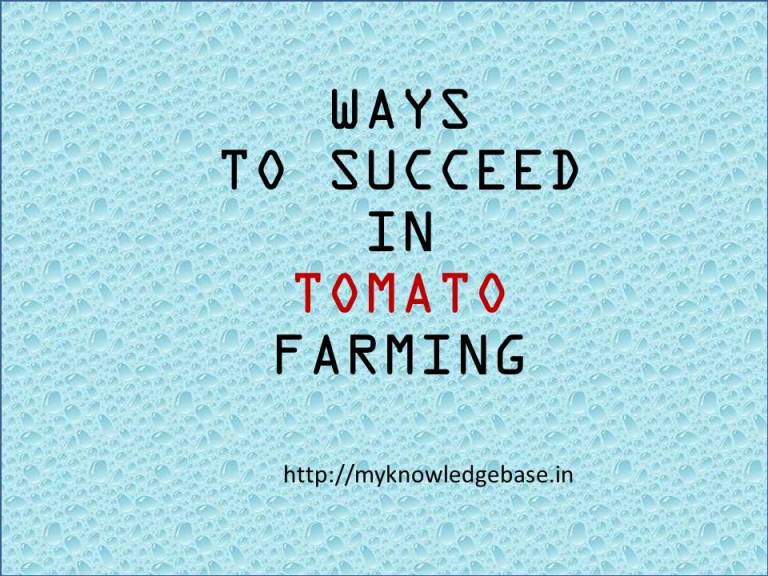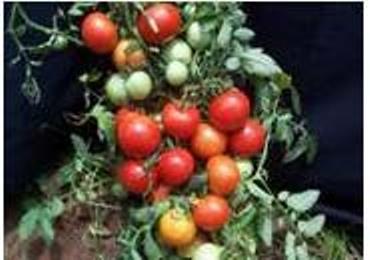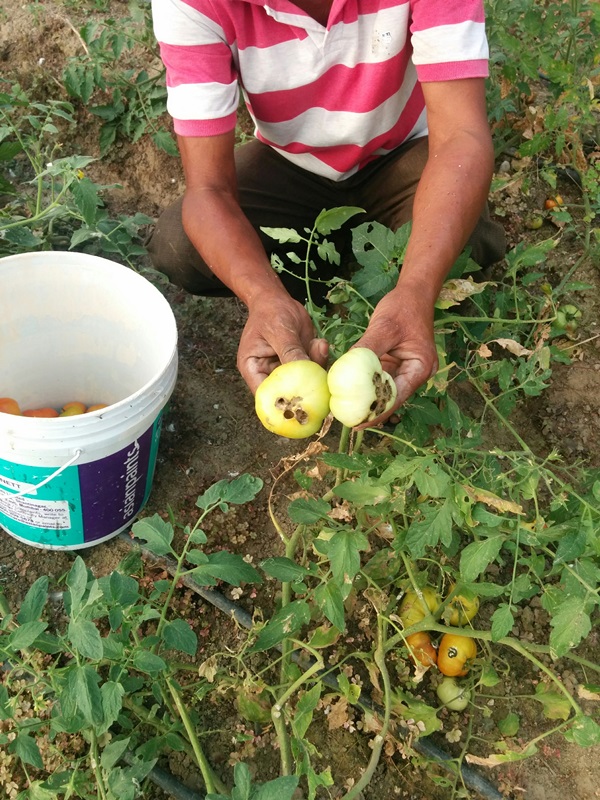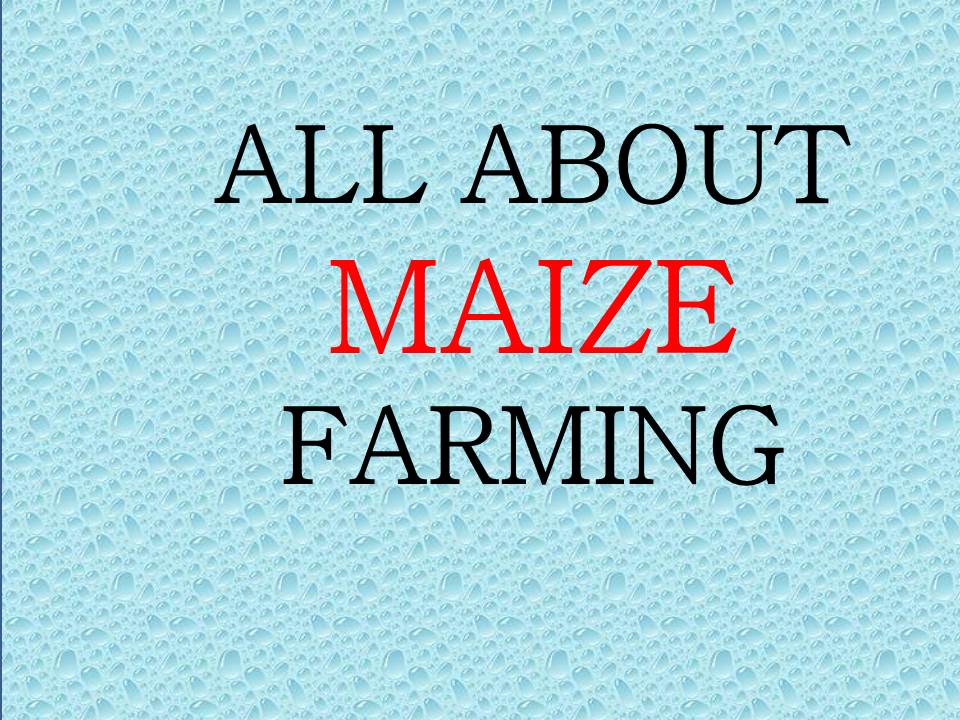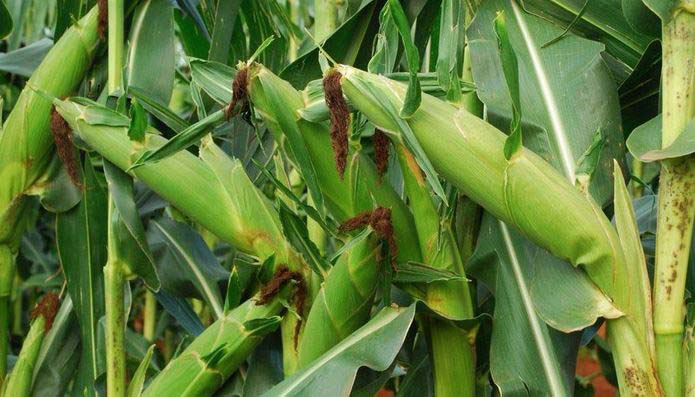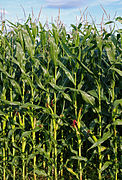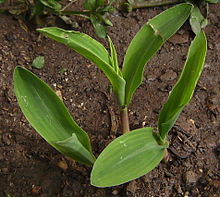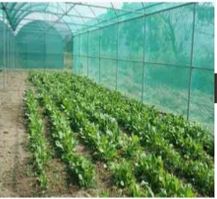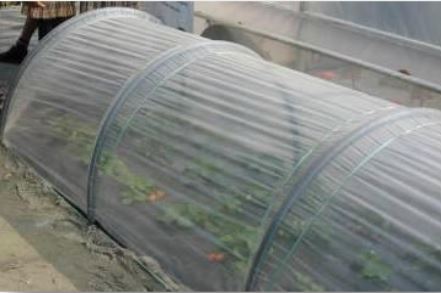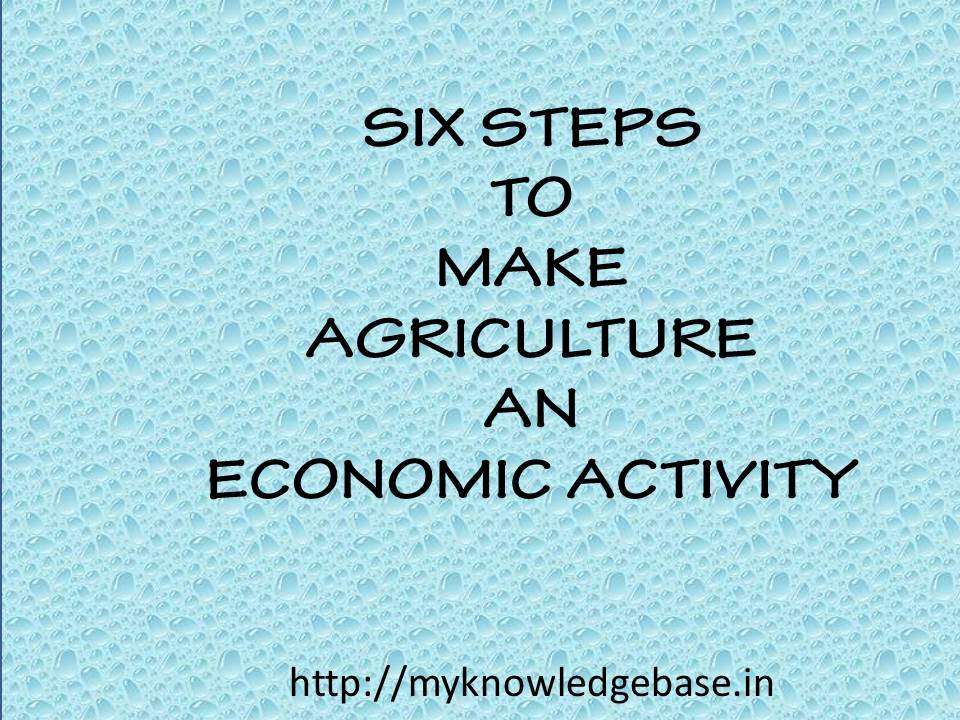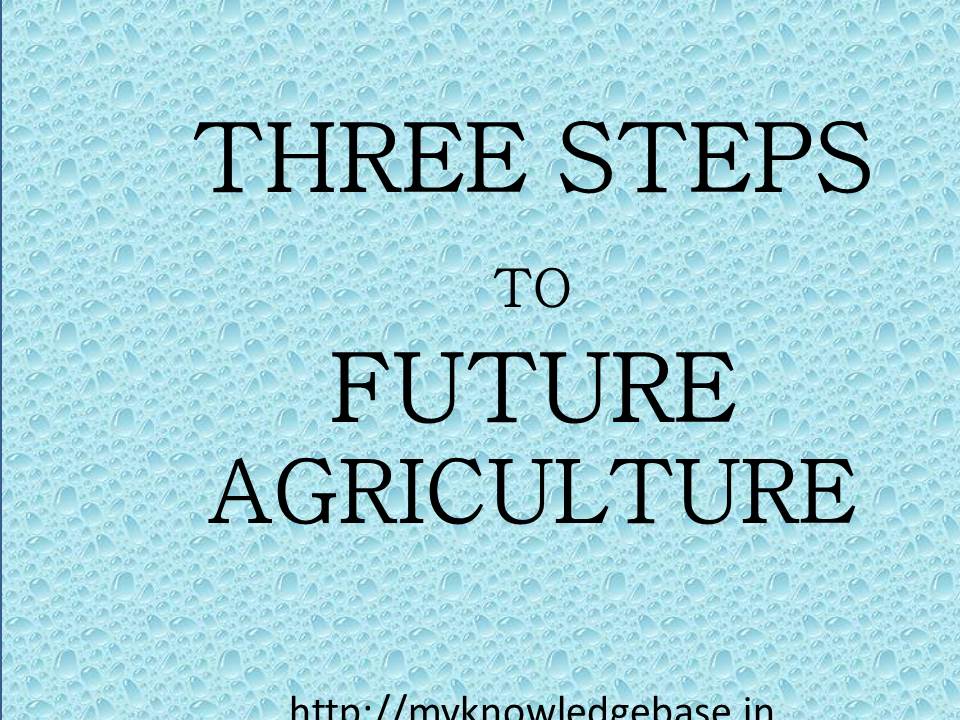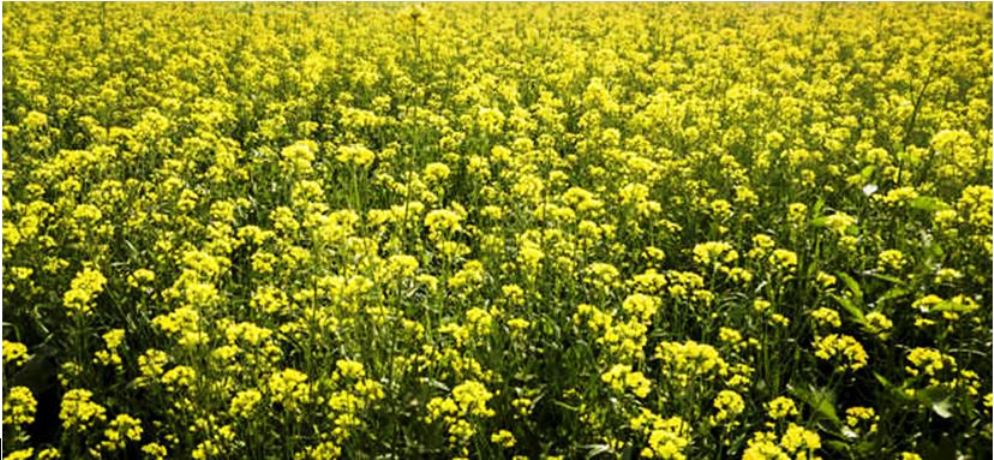

Some introduction to mustard
Mustard belongs to the family of “Cruciferae” Genus “Brassica”. Mustard is a tall Mediterranean plant that can grow 5- to 6 1/2-foot tall. It bears bright yellow flowers and its pods contain up to 20 tiny and flavorful seeds.3
In India, and Asian countries, mustard is popularly used in Indian cooking. India is number one in production of mustard oil. Mustard gives edible oil which is used as cooking. In World over Mustard seed is used as condiment in the preparation of vegetable and curries. Split mustard seed and oil is used for pickling. The leaves of the young plants are used as vegetable. It can be used as oil cake to feed cattle. Mustard seeds are known by various names e.g. brown and yellow sarson, toria, lahi, laha and rai. There is difference in the oil content of the various varieties.
Keeping aside the mustard varieties grown in India, world mustard seed production is about 530000 metric tons per year. Most of this production is destined as condiment and spice trade. Canada is the largest producer and also the biggest exporter of seeds
Suitable climate for mustard growing.
It cannot stand too hot or too cold weather. It prefers moderate temperature in summer as well as in winter. Sowing time temperatures around 200 C and harvesting temperatures around 300 C are good for this crop. Light rainfall also aids production.
Soil requirements
An ideal soil should have pH in between 6.5 to 8. The soil should be well aerated. Heavy soil should be avoided.
Mustard can grow in all sorts of soils, but sandy loam and clay-loam soils are best for its cultivation. For mustard and rape seeds light to heavy soil is good.
The optimum pH range is between 6 and 6.8. Soils with high organic matter are preferred; FYM (Farm Yard Manure) or compost should be incorporated during land preparation. Lay out should ensure that Soil has good internal drainage.
Land Preparation
Land is prepared by ploughing 3 or 4 times (or as required) followed by harrowing and planking. The earth should not have any lumps or boulders. It should be well aerated. The bed should be firm and well moistened for seeding.
Sowing
The mustard seeds are prepared for growing by first treating it with Trichoderma viride or Thiram for fungal resistance. For sowing with a seed drill, about 1.5 kg/acre seed is required. For Broadcast it would be much more.
Sowing Time
Most of the varieties need to sown from September to October month. Rai crop can be sown up to November end.
Spacing
The seeds may be sown in rows. The distance between rows around 25 to 30 cm is good. Seed to seed distance is kept at 10 cm. However broad cast method is also used which will require more seed. Also in broadcast method, plants would need to be removed if too much dense.
Fertilizers
Farmers are advised to have a soil water analysis done beforehand.
Add Farmyard manure around 250 kg per hectare. Add following as top dressing.
- 80-100 kg N/hectare
- 50-80 kg P/hectare
- 20 kg K/hectare
As per standard practice, Nitrogen fertilizers are given in two split dosage – one right in the beginning and the other after about 30 days.
It is important that farmer studies his soil/water report so as to provide micro nutrients as indicated.
Sufficient watering is required for mustard crop so that plants do not have water distress. Over watering however is detrimental for the mustard plants. Watering is stopped when plants mature and start falling.
Weed control in Mustard Farming
Weed control needs to be an important cultural operation. Due to density of seeding, weeding operations after germination are not to be done easily. Therefore all weed removal actions need to be taken after preparation of land and before seeding. Use of herbicide as advised by the agriculture department prior to planting of seeds is recommended. Spraying of weedicides may also be done prior to germination of the seeds to control weeds in the land.
Control of Pests and Diseases in Mustard Farming
Some information on insects, pests and disease of Mustard is discussed below. The control measures depend upon type and intensity of the problems and also whether organic or inorganic pesticides are to be used as decided by the Farmer. For more information on pests and diseases please go through my blog on same.
- Downey Mildew: spraying Dithane M-45 at 15 day interval is recommended.
- Green Jassids: spray of chloropyrofos/ dichlorvos/dimethoate/phorate/imidaclorprid.
- Shoot and Fruit Borer: spray endosulfan/chloropyrofos. Spread phorate.
- White Fly: spray Malathion. Drench with Thimet.
- Thrips: spray imidaclorprid/chloropyrofos/dimethoate. Several sprays may be required.
- Aphids: spray chloropyrofos 200 ml in 100 liters water per acre.
- Caterpillar: spray of Malathion, dichlorvos suitably diluted.
Harvesting of crop
The crop is ready for harvesting when pods turn yellow and seeds become hard. Maturity of crop depends on the variety – some varieties get ready as quick as 3 months; however, normally 4 to 5 months are general. It is better to harvest the crop in early morning hours. This will avoid to large extent shattering of the seeds while harvesting is done. In India crops are harvested using sickle cutting the crop close to ground. The crop is kept stacked and left to dry out before threshing operations to get the seeds from the cut crop.
Some supposed Health Benefits of Mustard
Mustard seeds are said to contain vitamins A, B6 and C (and other vitamins), dietary folate, omega-3 fatty acids, and minerals like magnesium, potassium, selenium, manganese, phosphorus and copper. Other compounds as below are available in mustard seeds:
- Glucosinolates and isothiocyanates: are said to reduce a person’s cancer risk by helping prevent cancer cell growth.
- Sinigrin: According to research, published in the March 2016 issue of Molecules, revealed that sinigrin, a glucosinolate in mustard seeds, possesses “anti-cancer, antibacterial, antifungal, antioxidant, anti-inflammatory, and wound healing properties.”
- Antibacterial: According to “The Big Book of Home Remedies,” topical application of mustard seed paste can aid in alleviating ringworm.
- Emetic:
- Anti-inflammatory: According to the George Mateljan Foundation, mustard seeds are not only a good source of magnesium, but also contain excellent amounts of selenium — both of these nutrients are linked to helping improve symptoms of asthma, menopause and migraines. These nutrients also reduce the risk of heart attack in people with diabetic heart disease or atherosclerosis.
- Mix a few black mustard seeds with milk and have it 15 to 20 minutes before your meal if your appetite is bad. Mustard seeds are good for digestion.
Risks of eating MUSTARD
There are certain conditions when mustard seed use should be avoided:
- Use of mustard may influence thyroid hormone production and function. Persons having thyroid related problems should not use raw form of mustard.
- Mustard seeds contain oxalates which may influence calcium absorption process. In case of kidney or gall bladder issues use of mustard seeds may be avoided.
